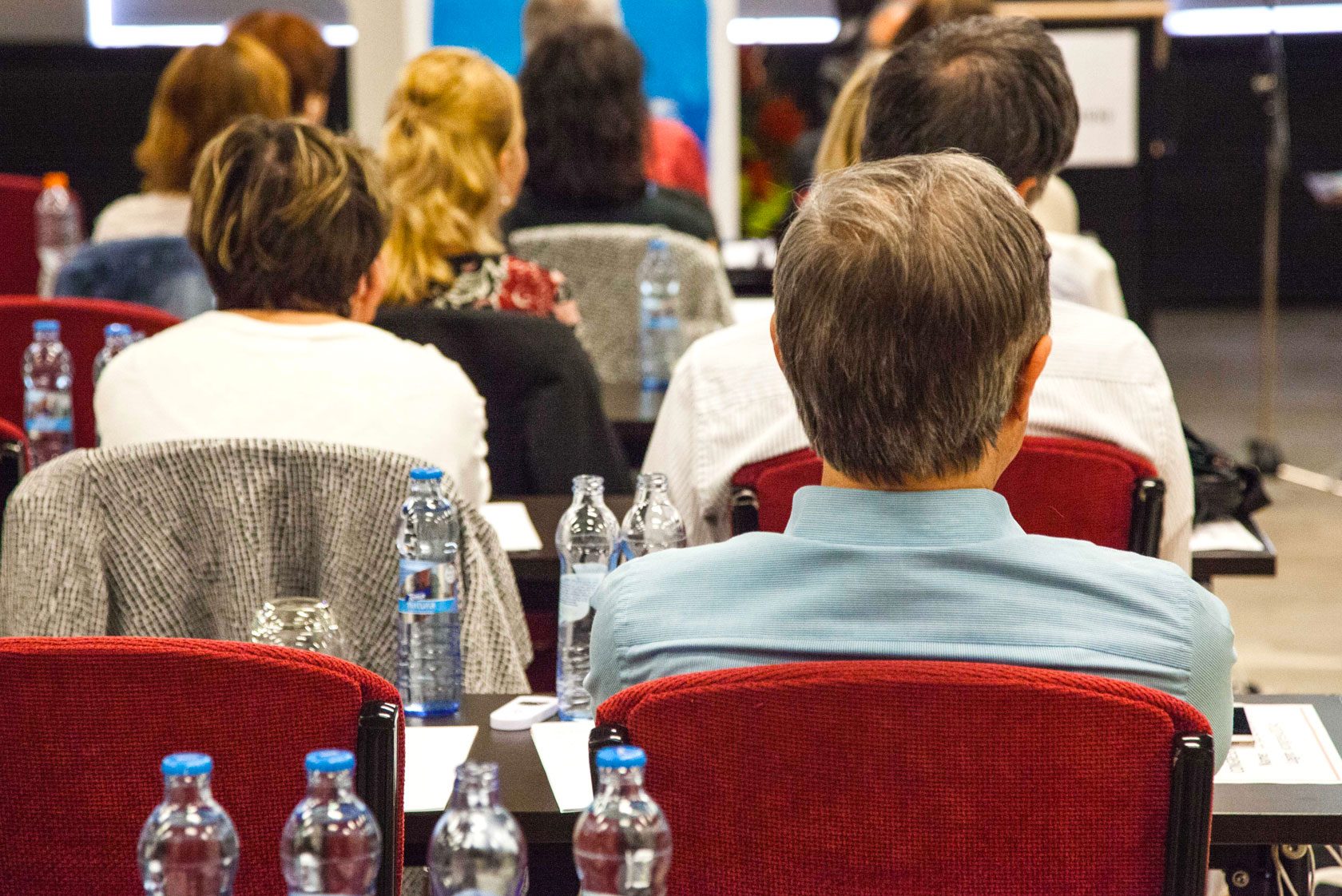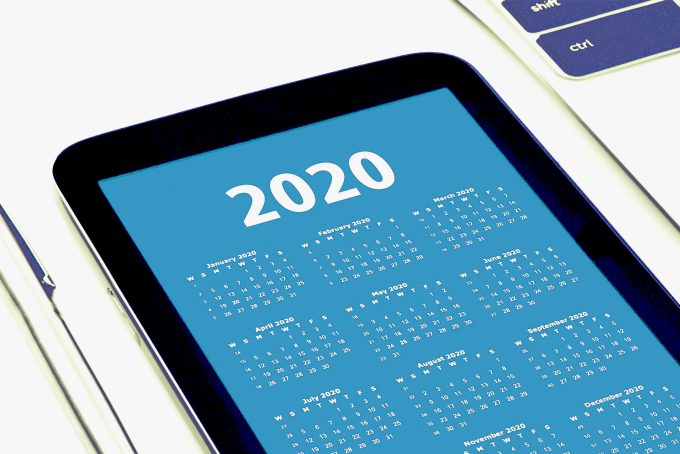
Blockchain: How it Could Make Research More Open and Transparent
Blockchains are credited with bringing great benefits for economics and society. This also applies to the higher education sector. A recently published study explores blockchain in higher education. We took a closer look at which application scenarios seem to be particularly interesting in relation to promoting open science.
by Birgit Fingerle
The study “Blockchain in Higher Education – Fundamentals – Potentials – Boundaries” (Study in German language „Blockchain in der Hochschulbildung – Grundlagen – Potenziale – Grenzen“) of the Stifterverband was compiled on behalf of the Federal Ministry for Education and Research, and published in July 2019.
It continues the EU study published at the end of 2017 “Blockchain in Education” focussing on the German higher education system. The individual chapters explore the technological and design fundamentals of blockchain technology and the technical, economic and societal added values of its use, such as its potential contribution to lowering the costs of transaction processes. The limitations, risks and disadvantages of the blockchain will also be examined. Specific application cases in the higher education sector are described, analysed and discussed.
It is anticipated that there is great potential for the use of blockchain in the following higher education sectors; these are described in detail in the study:
- Verification, issuing and recognition of educational certificates
- Decentralisation of software and data in teaching and study
- Minimisation of student data in the administration
- Tracking of academic content and work
- Management of payment and cash flows
Below we present some application areas in which blockchains could promote open science.
Blockchain-based, decentralised apps instead of propriety software
Cooperation can take place in social networks, social intranets, knowledge platforms and with other tools. When using these platforms, you have to trust that the operator will not misuse the data, among other things, that the identity of the users will be checked, that the content posted is real and legitimate and that the platforms will be operated in the way the operator promises. If this trust is misused, a central platform can cause great individual or collective damage. In the higher education sector, centralised network applications are used, among other things, for higher education information systems, learning management systems, real time communication tools, collaborative office applications, online archives and library applications, by crowdsourcing generated reference databases as well as social networks, including occupational networks.
If higher education institutes would use decentralised apps (dApps) the general approach would be different and blockchain would play a central role. Using dApps, they could make the necessary software for study and teaching available to their students and teachers. They would not have to configure the hosting themselves or enter any lock-in contracts with proprietary service providers. For the apps used in the training, a migration to decentralised applications is possible in principle. By introducing decentralised apps, the costs of operating the app (electricity, band width, storage) would be transferred to the user. However, as service fees or subscriptions would no longer have to be paid to third parties, these would be the only costs incurred anyway. For the users, the costs would be much lower than those of current solutions. However this would only be possible if active developer communities could be found who would programme true decentralised apps. The demand for decentralised apps is also estimated to be extremely high because truly private and cost-free educational software would be a great plus for all players in the higher education industry.
Easier tracking of academic content and work
Tracking academic content and work is very complex and expensive. It is carried out by specialised providers, above all when there exists a considerable commercial interest to do so. When self-publishing works, it is very difficult to track their use and have this attributed or compensated. For example, the re-use of open educational resources is generally not monitored or at the most monitored using very simple metrics with limited benefits
If blockchains were used to verify authorship and IP rights, the date of publication and a reference to the published work would be filed on one blockchain. In this way, everyone could file a verifiable author and copyright claim with minimal effort. This would also be possible if the underlying source material was not publicly available. This would fundamentally change the applicable copyright and patent rights.
Blockchains could not only document the publication of academic content and work, but also monitor the use of intellectual property. The rights holders could do this themselves, meaning that it would no longer be necessary to pay part of their rights to a third party. Licence fees could be levied directly with the users and distributed to the rights holders.
From a technological perspective, copyright management using blockchain has long been a reality. It is assumed that the automatic publication, monitoring and remuneration of intellectual property using blockchains would lead to significant cost savings for the users of intellectual property. Publishing houses and companies who monitor copyrights and patents would however lose a significant source of income. It is also to be expected that incentives for open publishing would be created by the significant price reductions caused by the use of blockchain.
Blockchain can make the entire research process more transparent
In research, the practice of informing specialist magazines in advance about the research question, hypotheses, design and analysis strategies of a planned research project is becoming more and more common. The increased transparency is intended to avoid problematic research methods such as p-hacking or the non-publication of data right from the beginning. This is easily possible, thanks to blockchains. Scientific studies can be registered in advance without needing a mediating authority. In this way, the public can receive full access to the pre-registration data at the same time. The immutability of blockchains is particularly useful in this content because if every change of the study parameters has to be recorded as a new entry, it is ensured that the entire life cycle of a research project can be reproduced. The initiative Blockchain for Science is exploring the entire research process as well as the systematic implication of the use of blockchain technology in the scientific system.
Further information:
- Study “Blockchain in Higher Education – Fundamentals – Potentials – Boundaries”. (Study in German language „Blockchain in der Hochschulbildung – Grundlagen – Potenziale – Grenzen“)
- Study “Blockchain in Education”
- Blogpost „Blockchain: Could libraries and open science benefit from this technology“
- The Blockchain-Projekt “IMPact Digital” of the TH Lübeck is making testimonials digital
View Comments

Open Science Infiltrates the Engine Room of Research: ZBW Panel at the German Economic Association Annual Conference 2019
The annual conference of the specialist economics association “Verein für...



